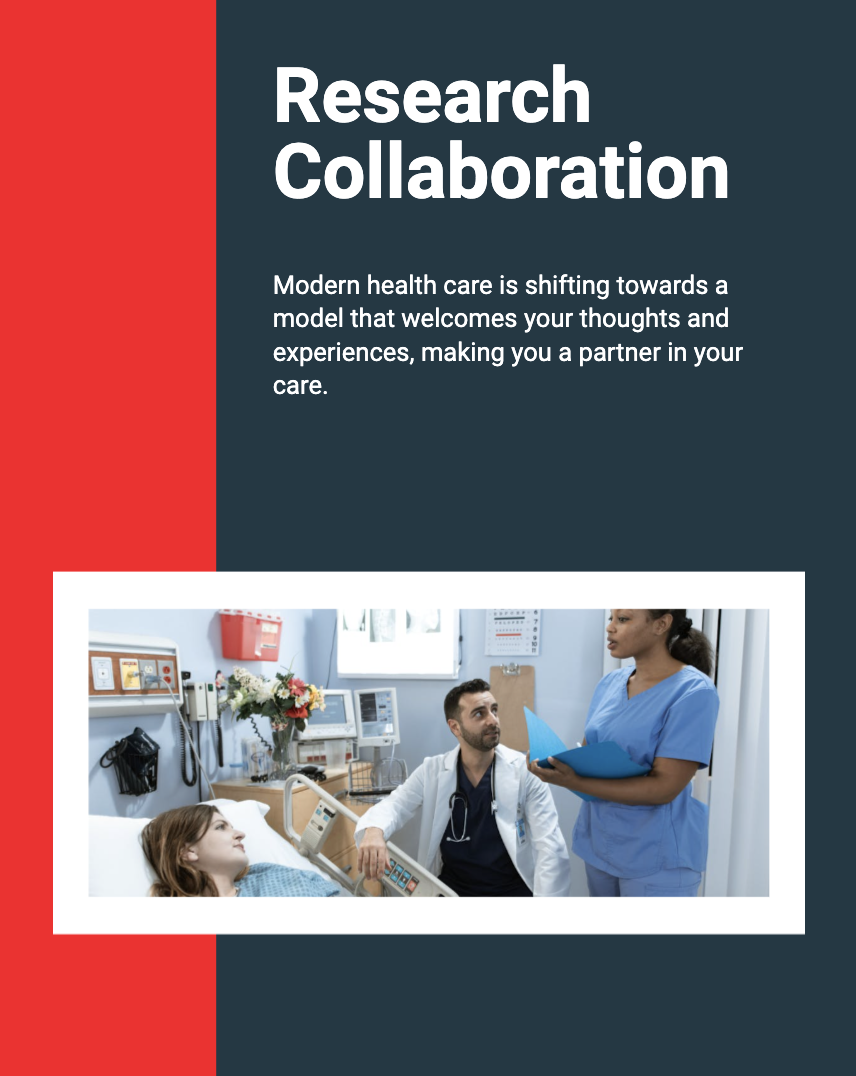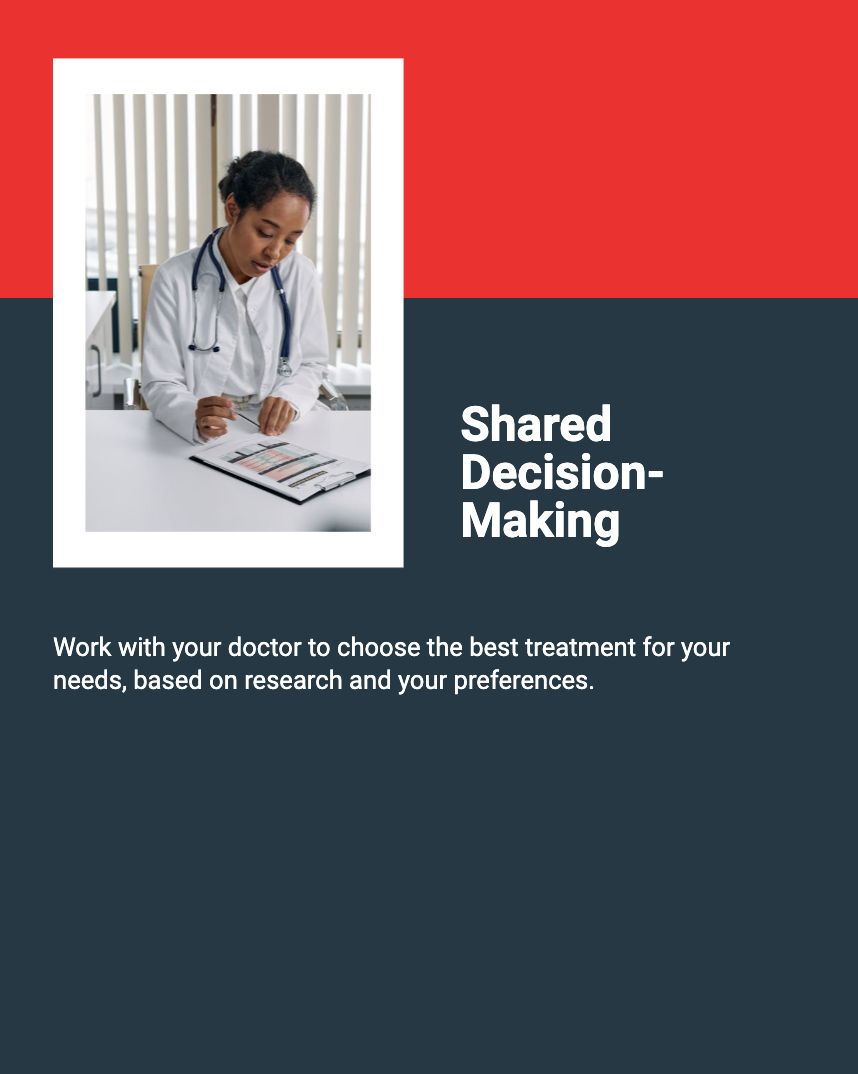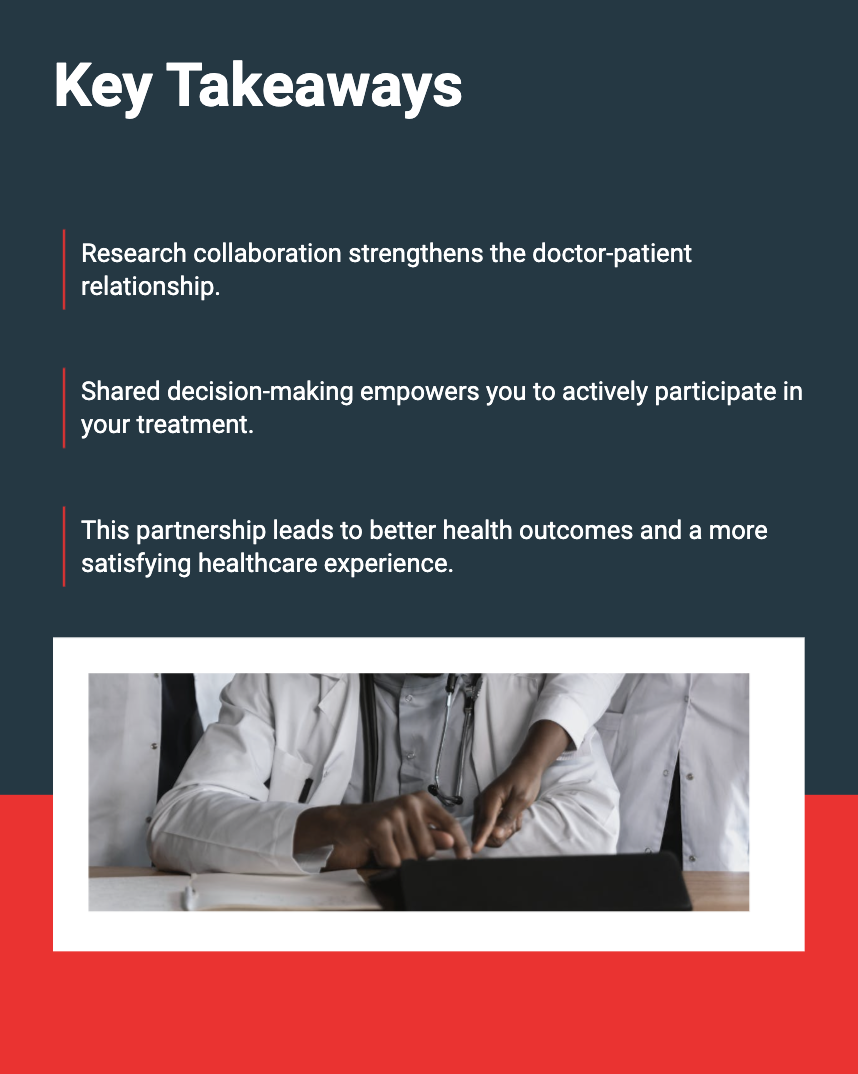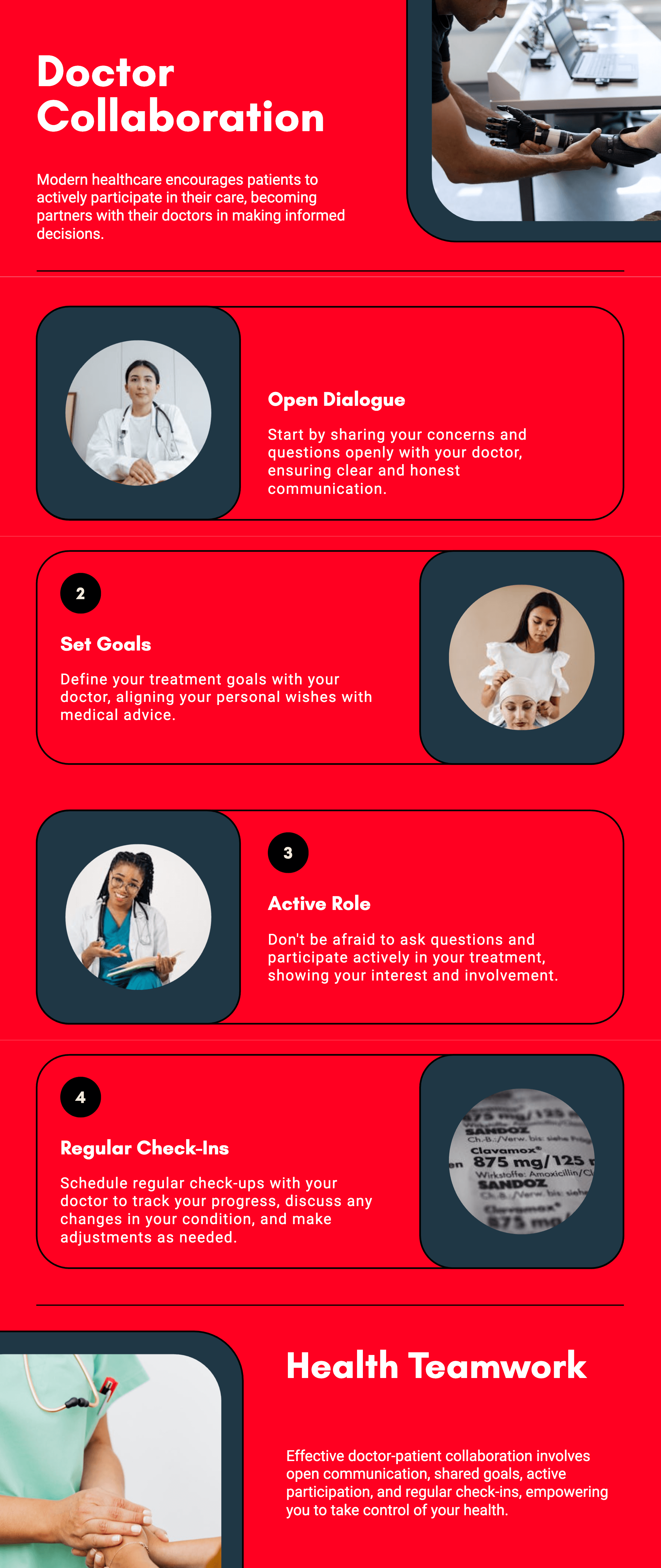When you walk into a doctor’s office, you might expect a one-way conversation. However, modern health care is shifting to a model that welcomes your thoughts and experiences. This change is called research collaboration. It means that you become a partner in your care, sharing information and asking questions so that your doctor can use the best research to help you. This approach also brings in the idea of shared decision-making, where decisions are made together for better outcomes.

Research collaboration is a team effort. In this process, doctors use the latest research and scientific evidence to make decisions. But more than that, they want your voice to be heard. You have valuable insights about your health, lifestyle, and preferences. When you share these insights, your doctor can tailor treatments and advice to suit your needs better.
This kind of teamwork is not new. For many years, doctors have worked in teams. But today, with the internet and easy access to information, patients are more informed than ever. This has paved the way for a new kind of conversation in health care—one where you and your doctor share the responsibility for making choices that affect your health.

Shared decision-making is a process where both you and your doctor take part in choosing your treatment options. Instead of the doctor simply telling you what to do, both of you discuss different options. You ask questions, and your doctor explains the pros and cons of each choice. Together, you pick the best plan.
This approach makes the decision-making process clearer and more comfortable. It means that your values and life goals are just as important as scientific research. With shared decision-making, you are not just a patient. You become a partner in your health care journey.

The benefits of research collaboration are many. When you work closely with your doctor, you can experience better care and improved health outcomes. Here are some reasons why this approach is important:

Here is a roadmap to guide you through the process of research collaboration and shared decision-making:
Step 1: Open Communication
Start by speaking honestly with your doctor. Share your concerns, questions, and thoughts about your condition. It is important to tell your doctor everything you feel. A clear conversation sets the stage for better care.
Step 2: Clear Goals and Expectations
Before you start discussing treatments, both you and your doctor should agree on clear goals. What do you want to achieve? Whether it is to manage pain better, reduce the number of symptoms, or simply feel more energetic, clear goals help in creating the right plan.
Step 3: Active Involvement
Don’t just listen—participate. Ask for explanations if you do not understand something. When you ask questions, you help build a stronger, more trusting relationship with your doctor. Your questions might also lead your doctor to share more recent research and new treatment options.
Step 4: Continuous Feedback and Evaluation
After you start a treatment, it is important to check in with your doctor regularly. Let them know how you are feeling and if there are any changes in your condition. This way, you can work together to make adjustments if needed.
| STEP | ACTION | TIPS |
|---|---|---|
| Open Communication | Share your concerns and symptoms | Prepare questions beforehand |
| Clear Goals & Expectations | Define what you want to achieve | Align personal goals with medical advice |
| Active Involvement | Ask questions and participate | Use simple language |
| Continuous Feedback | Regularly review your progress | Keep a health diary |
Table 1: Roadmap to Effective Research Collaboration
Communication is at the heart of shared decision-making. It is a two-way street where both you and your doctor exchange ideas, research findings, and opinions. Here are some ways that clear communication helps:
Modern technology offers many tools to help you and your doctor work together. These tools make it easier to share research, track progress, and keep up with the latest information. Here are some tools that can enhance research collaboration:
Below is a simple chart summarizing these tools:
| TOOL | PURPOSE | HOW IT HELPS |
|---|---|---|
| Patient Portals | Access to health records and messaging | Keeps you informed and connected |
| Mobile Health Apps | Track symptoms and manage appointments | Helps monitor progress easily |
| Online Research Sites | Learn about new treatments and studies | Increases knowledge for better decision-making |
| Telemedicine | Virtual appointments for quick consultations | Saves time and provides convenient access |
Chart 1: Tools for Enhancing Research Collaboration
Even with the best intentions, challenges can arise. Sometimes, there are barriers to effective communication and collaboration. Here are some common challenges and ways to overcome them:
By addressing these challenges with patience and clear communication, you can build a strong team with your doctor.
Hearing real-life stories can inspire you to take a more active role in your care. Here are a few examples of how research collaboration has made a difference:
A patient with diabetes felt overwhelmed by the many treatment options. By collaborating with their doctor and discussing the latest research, they created a tailored diet and exercise plan. The patient now enjoys better blood sugar control and a higher quality of life.
Another patient struggled with chronic pain for years. After reading recent studies and sharing their findings during appointments, the patient and doctor agreed on a new pain management plan. Today, the patient experiences less pain and more mobility.
A patient with heart issues learned about new lifestyle changes through online research. By discussing these ideas with their doctor, they adopted a healthier routine that improved their heart health.
These examples show that when you and your doctor work as partners, the results can be truly life-changing.
The future of health care looks bright. With advances in technology and more patient-centered approaches, research collaboration is set to grow. Here are some trends we expect to see:

Research collaboration in health care means that patients and doctors work together, sharing ideas and research findings, to create better treatment plans that match the patient’s needs.
Shared decision-making gives you a voice in your treatment. It helps you understand the options available and work with your doctor to choose the best plan for your health.
Tools such as patient portals, mobile health apps, online research libraries, and telemedicine platforms can improve communication and make it easier to track your progress.
Prepare a list of questions, ask your doctor to explain any complex terms, and schedule follow-up meetings if needed. Clear communication helps overcome many common challenges.
Being actively involved helps tailor your treatment to your personal needs, builds trust with your doctor, and leads to better health outcomes overall.
By taking a proactive approach, you ensure that both you and your doctor are on the same page. This collaboration leads to a more satisfying, transparent, and effective health care experience.
 14.03.2025
14.03.2025